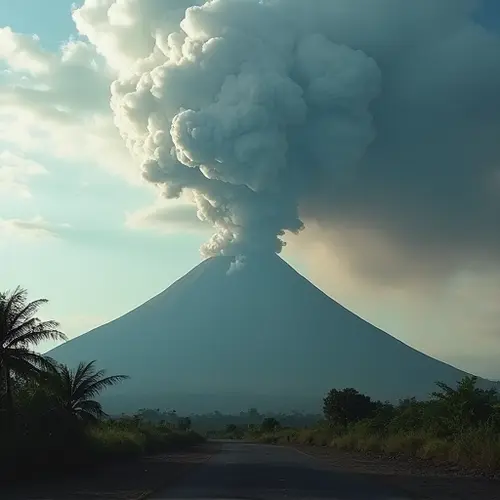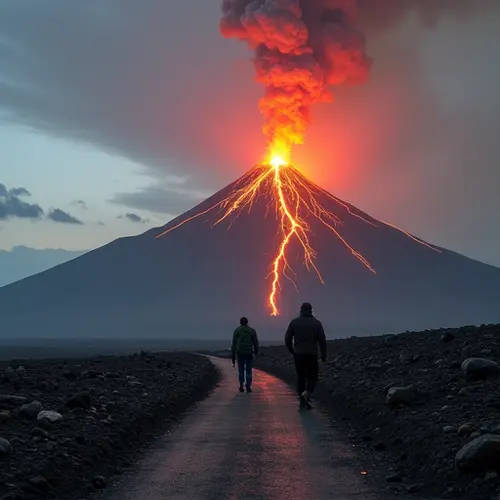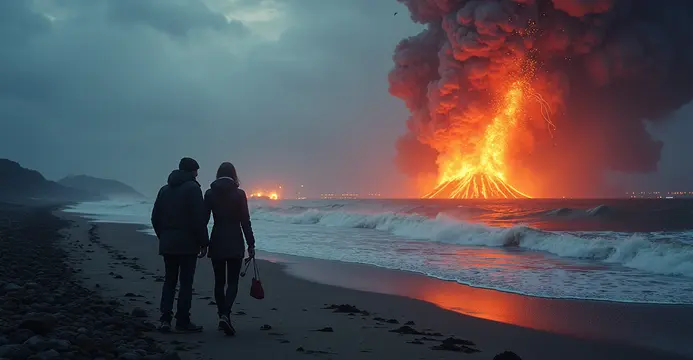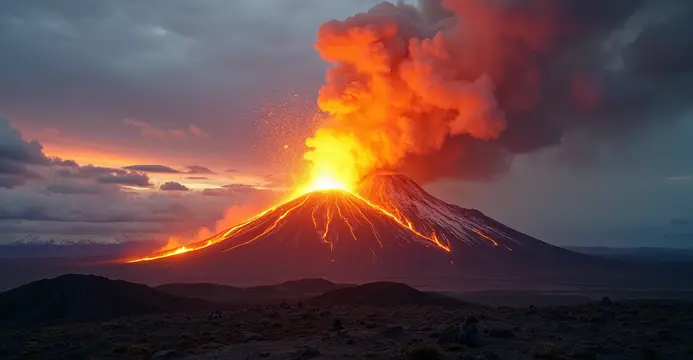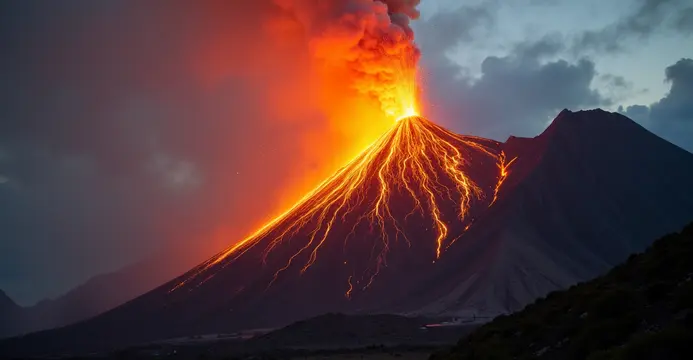Volcano tourism safety requires careful risk management, monitoring systems, and emergency protocols to protect visitors while allowing access to these natural wonders.
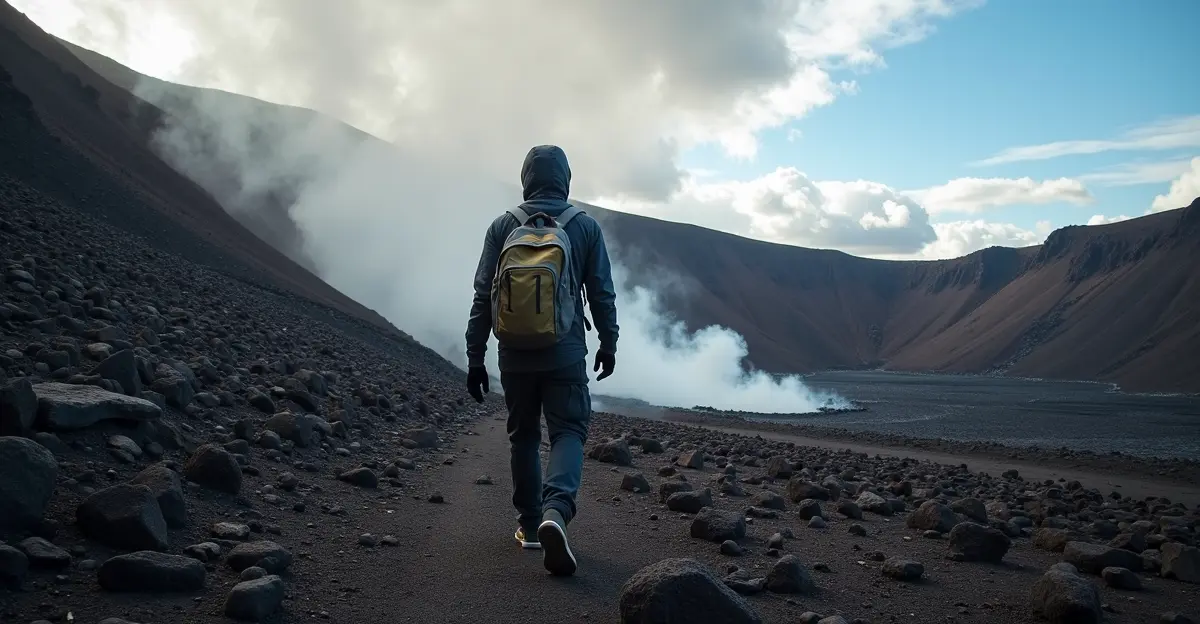
The Growing Appeal of Volcano Tourism
Volcano tourism has surged in popularity, with travelers increasingly drawn to witness the raw power of nature firsthand. From Iceland's fiery landscapes to Costa Rica's Arenal Volcano and Italy's Mount Vesuvius, these geological wonders attract millions of visitors annually. However, this growing interest comes with significant safety challenges that require careful management and preparation.
Lessons from Past Tragedies
The Whakaari/White Island Disaster
The 2019 Whakaari/White Island eruption in New Zealand serves as a sobering reminder of the dangers inherent in volcano tourism. The catastrophic event claimed 22 lives and injured 25 others when the active stratovolcano explosively erupted while 47 tourists were on the island. "This tragedy highlighted critical gaps in safety protocols and risk assessment," says Dr. Emily Chen, a volcanology safety expert.
The subsequent legal proceedings resulted in significant fines and reparations totaling over NZ$12 million, underscoring the legal responsibilities of tour operators and management companies. The case established important precedents for volcano tourism safety standards worldwide.
Current Safety Protocols and Monitoring Systems
Volcanic Alert Levels
Most volcanic regions now implement sophisticated alert level systems. The United States Geological Survey uses a four-tier system: Normal, Advisory, Watch, and Warning. Similar systems operate in New Zealand, Japan, and other volcanic regions. These systems provide clear guidance to tour operators and visitors about current risk levels.
Monitoring Technology
Modern volcano monitoring includes seismographs, gas sensors, web cameras, and acoustic monitoring equipment. Regular testing of water, gas, and soil conditions helps scientists detect early warning signs of potential eruptions. "The technology has advanced significantly, but human judgment remains crucial," notes Dr. Chen.
Best Practices for Safe Volcano Tourism
Pre-Visit Preparation
Experts recommend thorough research before visiting volcanic areas. Understanding the specific volcano's eruption history, current alert level, and evacuation routes is essential. Visitors should only use licensed local guides who understand the terrain and risks.
During the Visit
Maintaining safe distances from active vents, following guide instructions precisely, and being aware of changing conditions are critical. Visitors should wear appropriate protective gear and have emergency communication devices.
Emergency Preparedness
Tour operators must have comprehensive emergency response plans, including evacuation procedures, medical support, and communication systems. Regular drills and staff training ensure preparedness for unexpected events.
The Future of Volcano Tourism Safety
As climate change and increased geological activity make volcanic regions more unpredictable, the industry faces new challenges. Enhanced monitoring technology, better risk assessment tools, and improved international cooperation are essential for maintaining safety standards.
"The balance between accessibility and safety will always be delicate," concludes Dr. Chen. "But with proper protocols and respect for nature's power, volcano tourism can continue to inspire awe while protecting lives."

 Nederlands
Nederlands English
English Français
Français Deutsch
Deutsch Español
Español Português
Português


